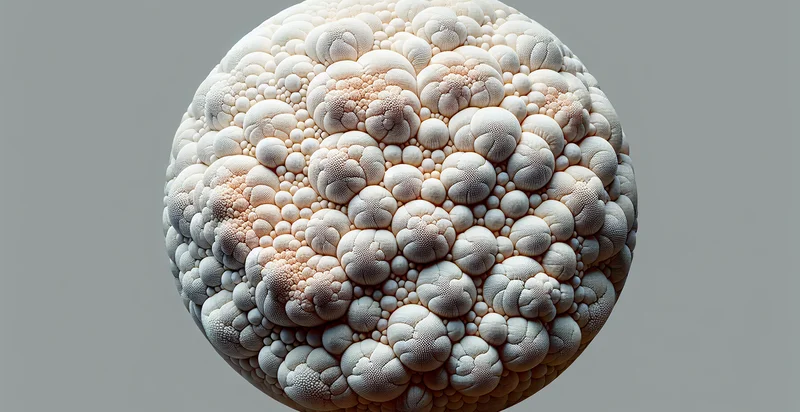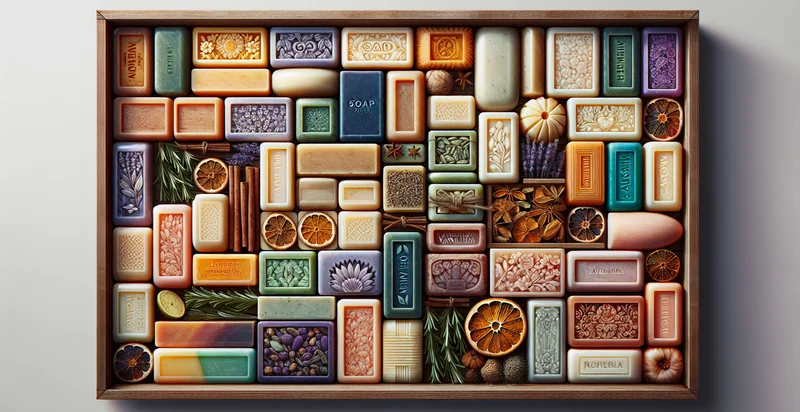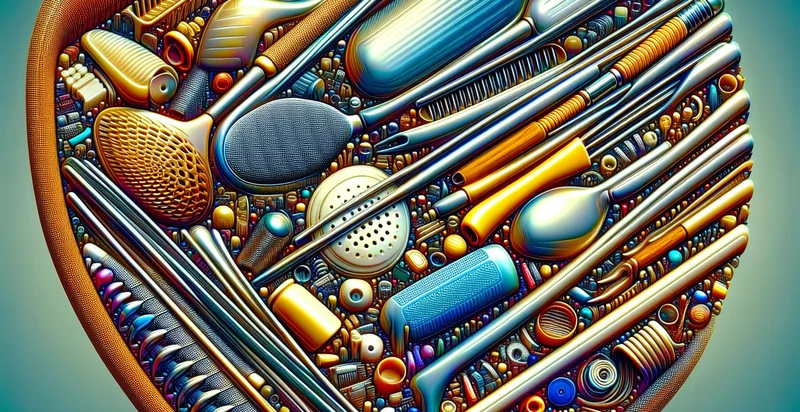Identify what material a soap dish is made from
using AI
Below is a free classifier to identify what material a soap dish is made from. Just upload your image, and our AI will predict what material a soap dish is made from - in just seconds.

Contact us for API access
Or, use Nyckel to build highly-accurate custom classifiers in just minutes. No PhD required.
Get started
import nyckel
credentials = nyckel.Credentials("YOUR_CLIENT_ID", "YOUR_CLIENT_SECRET")
nyckel.invoke("what-material-a-soap-dish-is-made-from", "your_image_url", credentials)
fetch('https://www.nyckel.com/v1/functions/what-material-a-soap-dish-is-made-from/invoke', {
method: 'POST',
headers: {
'Authorization': 'Bearer ' + 'YOUR_BEARER_TOKEN',
'Content-Type': 'application/json',
},
body: JSON.stringify(
{"data": "your_image_url"}
)
})
.then(response => response.json())
.then(data => console.log(data));
curl -X POST \
-H "Content-Type: application/json" \
-H "Authorization: Bearer YOUR_BEARER_TOKEN" \
-d '{"data": "your_image_url"}' \
https://www.nyckel.com/v1/functions/what-material-a-soap-dish-is-made-from/invoke
How this classifier works
To start, upload your image. Our AI tool will then predict what material a soap dish is made from.
This pretrained image model uses a Nyckel-created dataset and has 16 labels, including Acrylic, Aluminum, Bamboo, Ceramic, Concrete, Glass, Marble, Metal, Natural Fiber and Plastic.
We'll also show a confidence score (the higher the number, the more confident the AI model is around what material a soap dish is made from).
Whether you're just curious or building what material a soap dish is made from detection into your application, we hope our classifier proves helpful.
Related Classifiers
Need to identify what material a soap dish is made from at scale?
Get API or Zapier access to this classifier for free. It's perfect for:
- Quality Control: This use case involves manufacturers using the image classification function to ensure that the correct materials are being used in soap dish production. By classifying the materials during different stages of manufacturing, companies can minimize defects and ensure product consistency.
- Inventory Management: Retailers can utilize the image classification function to manage stock levels of various soap dish materials effectively. By identifying the material composition in their inventory, stores can optimize restocking processes and reduce excess inventory of less popular materials.
- Eco-Friendly Product Development: Brands focused on sustainability can employ the classifier to assess whether their soap dishes are made from environmentally friendly materials. This allows companies to improve their product lines and innovate new offerings that align with consumer demand for sustainable goods.
- Market Analysis: E-commerce platforms can analyze customer preferences based on the materials used in soap dishes. By identifying trends in material classification, platforms can tailor their marketing strategies and update inventory to align with consumer desires.
- Fraud Prevention: This function can help identify counterfeit products by verifying the material composition of soap dishes claimed to be made from premium materials. Retailers can implement this technology to ensure authenticity and uphold brand integrity, preventing monetary losses from fraud.
- Customization Offers: The image classification function can enable retailers to provide personalized recommendations for custom soap dish designs based on customer preferences for materials. This feature can enhance customer experience and engagement, driving higher sales and customer loyalty.
- Compliance with Regulations: Manufacturers in certain regions may need to comply with material safety standards. The image classification function can assist companies in confirming that their soap dishes are made from compliant materials, thus avoiding potential legal issues and ensuring consumer safety.


